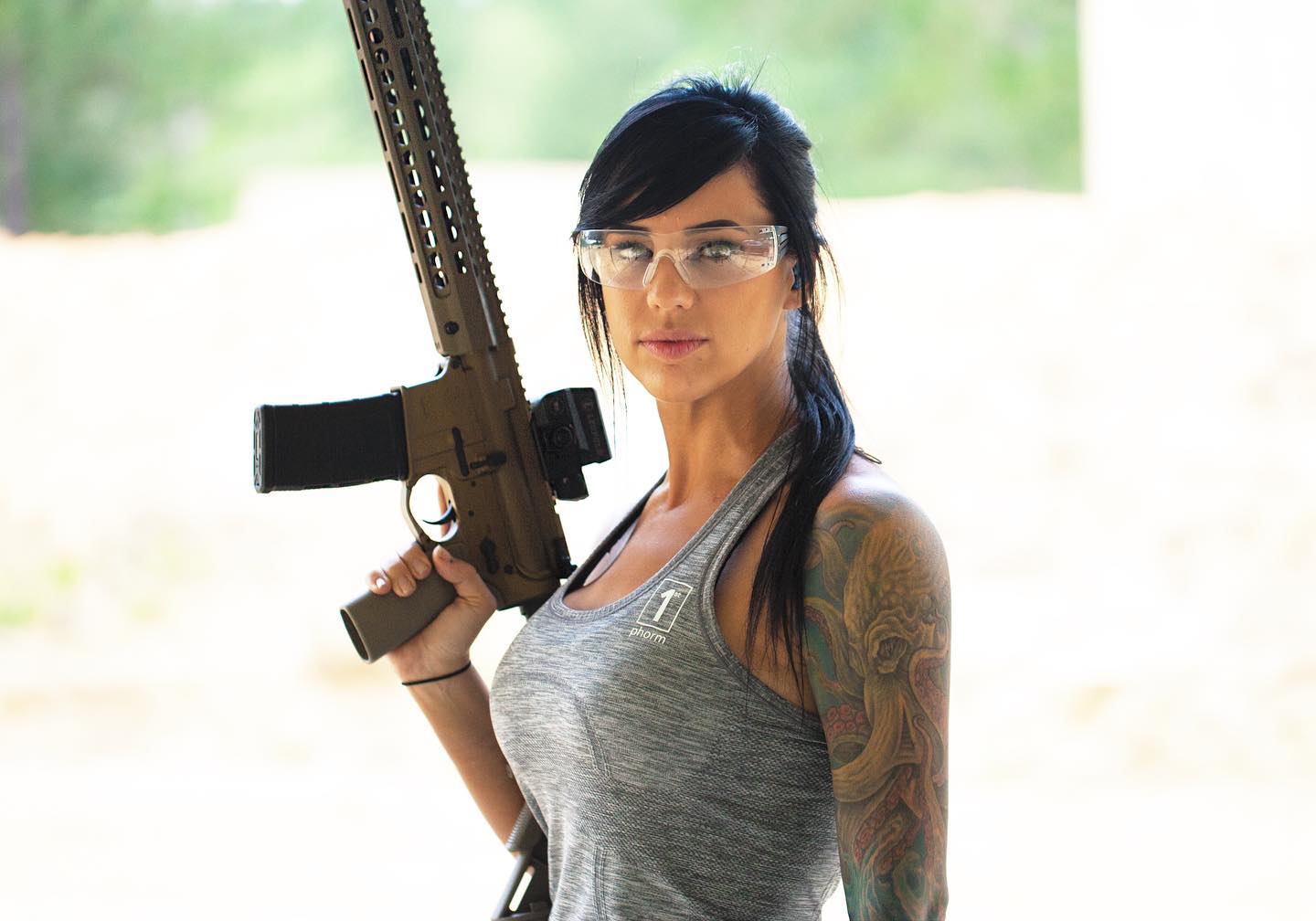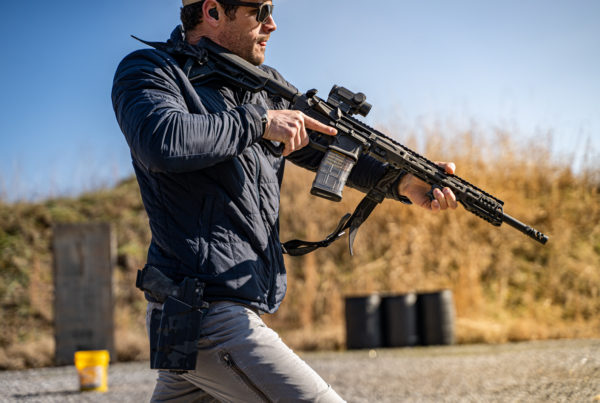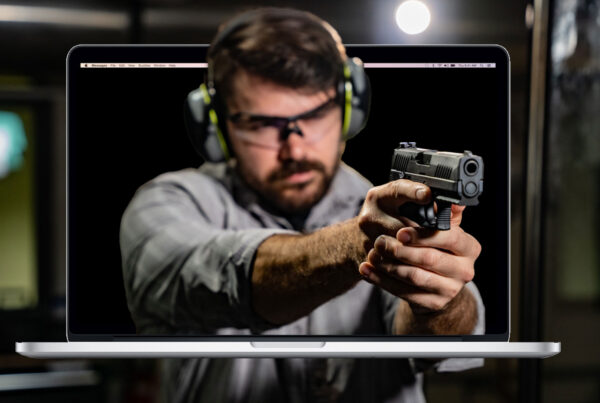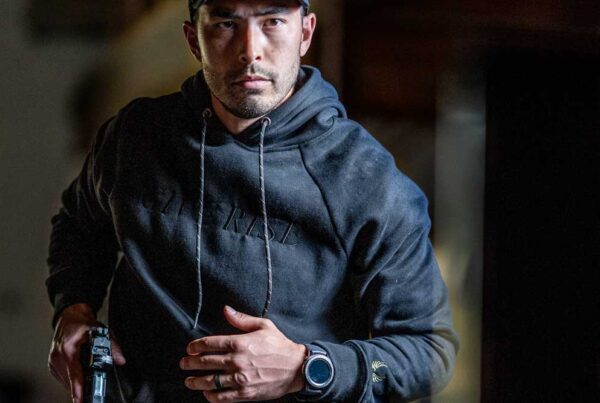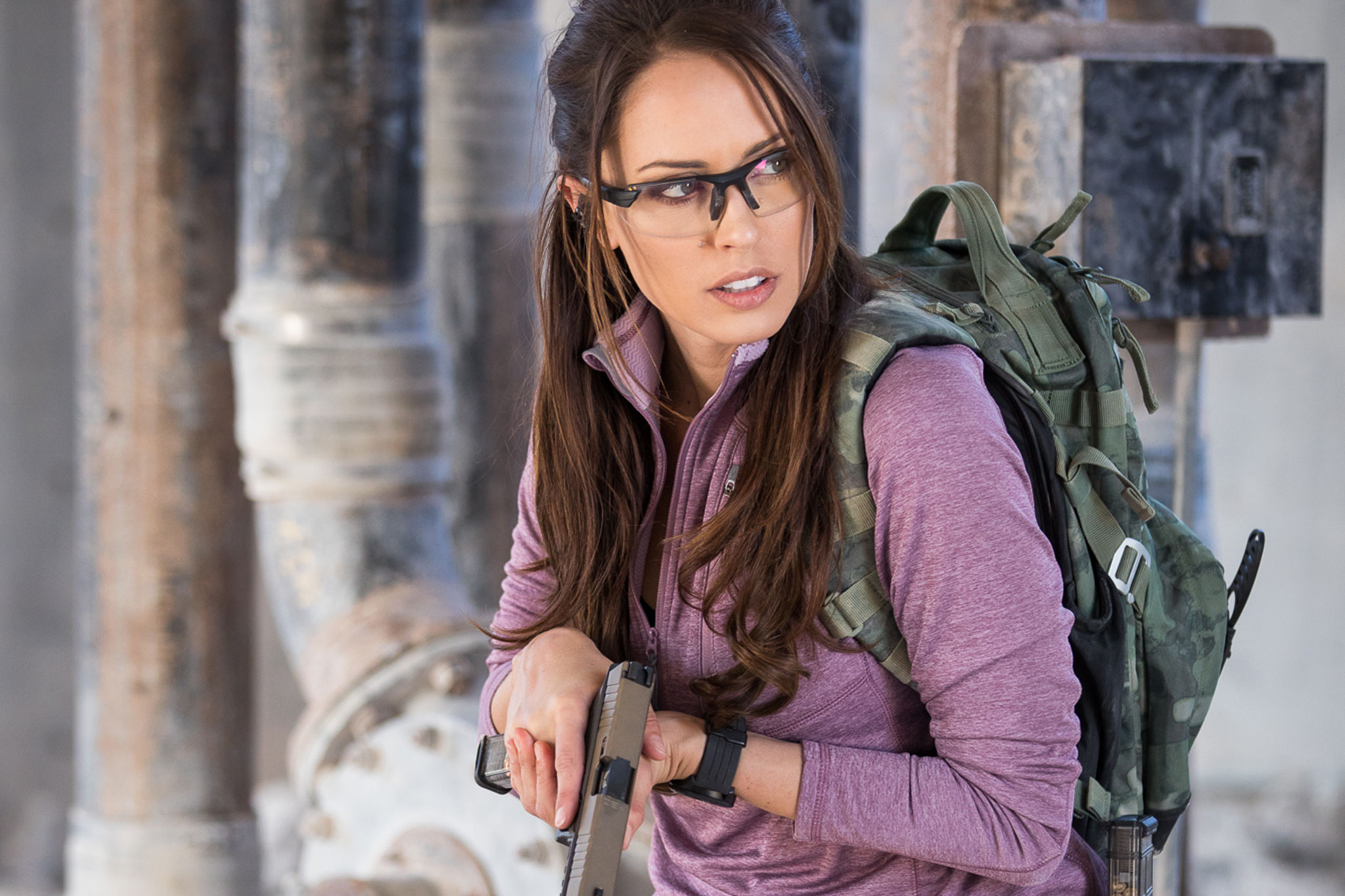
Influencer marketing in the firearms industry has changed a lot since 2016. Back then, brands didn’t understand how to collaborate with firearms influencers, and influencers weren’t sure what to charge. Most influencers were happy to receive a free product—but of course, all that changed.
Marketing budgets continue to expand for influencer marketing as more money pours into influencer pockets. Brands are going to spend up to 69B on IM by 2029 (Source: Influencer Marekting Hub). And for a good reason—the effectiveness of an firearms marketing influencer strategy continues to yield unprecedented results— 5x, 10x, and even 2000x return for just one video posted on YouTube.
In this article, I look at a few shifts brands and influencers should be aware of in the firearms industry as we move into 2024.
1. Increasing Prices, More Significant Returns
Influencer costs continue to rise. On average, it costs 500% more to collaborate with prominent influencers today than it was just three years ago. As you might guess, this is due to increasing network sizes and content that is Hollywood-grade. For example, I’ve worked with a prominent influencer for the past six years. He used to charge $1,000 for a YouTube review—today he charges $13,000. This cost may seem steep, but his content (over time) has generated massive returns for our client(s). As influencers increase their followings and their brand grows, their economic value and ROI increases as well.
Authenticity and engagement remains the secret sauce that makes influencer marketing so powerful. Alex Zedra, a popular influencer in the firearms industry—who has over 2 million followers—works with several top brands and runs her own AZ branded fan store says,
“Companies are starting to recognize the creativity and the impact creators have on a brand. Influencers know what content/ads work best for their following. It comes off organic and genuine—better than a corny television or magazine ad.”
2. The Talent Agencies
Over the past eight years, the talent agency business model has rapidly adapted to influencer marketing. Talent agencies believe that an influencer can be treated the same as a famous actor, model, or athlete.
In the entertainment industry, talent agencies begin by finding talented actors to represent their agency. They attract and contract actors that they believe will book jobs for them i.e. commercials, radio spots or movies. (Source: Top Hollywood Coach) These agencies then add a percentage to the total bill — usually 10-30%.
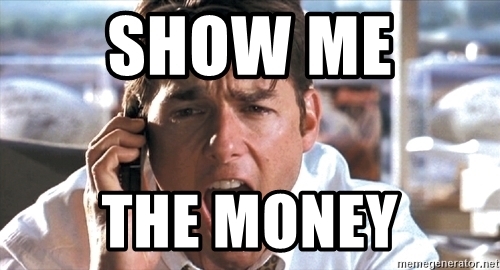
However, some have figured out that the talent agency model can be adapted to influencer marketing, which may seem the same on the surface—but are quite different and pose challenges to both the influencer and the brand manager.
According to Danielle Wiley of The Sway Group, a leading influencer marketing agency with first-hand experience, says, “The talent agency model simply isn’t ideal for full-scale production of highly successful influencer marketing campaigns.” Furthermore, “Today’s influencer marketing industry has evolved beyond simply securing paying gigs for creators: the most successful campaigns are the result of expert creative guidance and in-depth program management from start to finish.”
In other words, to make influencer marketing work, you shouldn’t just approach it as “hiring an influencer.” The strategy involves collaboration, management, ongoing communication and support to make it useful—for both the brand and influencer.
The good and the bad of talent agencies
If you’re a professional influencer who is too busy to market yourself, then signing up for representation may be a good idea. Still, you should be aware of the upside and downside of working with talent agencies.
The upside:
- Talent agencies can help you market your influence.
- Signing exclusive contracts may guarantee you more jobs.
- Joining a group of other managed influencers makes you feel supported.
The downside:
- Talent agencies are tempted to favor higher-priced influencers than lower-cost influencers.
- Talent agencies can throttle or block influencers’ earning potential by increasing costs.
- Influencers are locked into exclusionary contracts that prohibit them from working with brands they want to work with.
- You may be forced to give up your current relationships to the talent agency that may harm your existing agreements.
- Talent agencies may require you to do more work than you typically agree to.
So depending on your needs, hiring a talent agency comes with the good and the bad. If you’re an influencer, I recommend not signing exclusive agreements so that you can maximize your opportunities.
3. Saturation and Competition is Increasing, But So Are The Number of Firearm Influencers
As a person who conducts marketing in the industry, I commend the folks at Black Rifle Coffee. They were wise (before influencer marketing was a thing) to sign up every famous gun influencer (mostly women) on social media. It seems like you can’t go anywhere without seeing one of the industry’s top female gun/fitness/politico influencers wearing something with the BRCC logo on it. Other brands have also done a great job as well: Vortex, Yeti and Woox to name a few.
View this post on Instagram
We work in a highly competitive industry where most brands are blocked from advertising on Instagram, Facebook and Google. More and more brands are making the move to influencer marketing, which is causing saturation and are finding that the influencers they want to work with are already representing their competitors.
But don’t fret—there are also thousands of new gun-related content creators popping up every day. And with 8 million + new gun owners this year, you can expect even more. As of this writing, according to our search tool, there are 68K influencers with a global reach of 18B—with the majority going to female accounts. This is up over 75% from 2021!
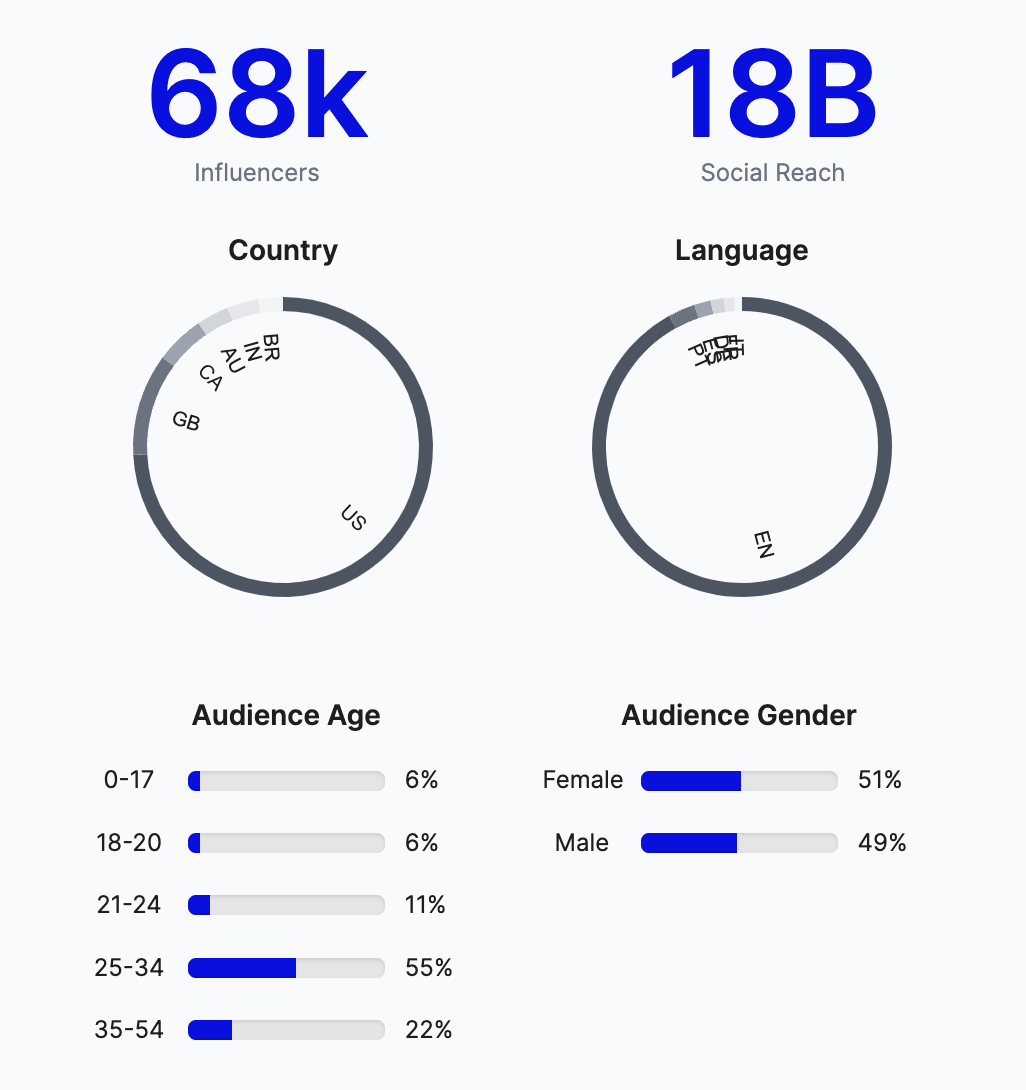 NOTE: 18B does not represent people; it means total social media accounts.
NOTE: 18B does not represent people; it means total social media accounts.
4. What is Your Influencer Marketing Plan B?
As we move into 2024 and the presidential election looming, what can industry marketers expect regarding social media and the use of influencer marketing? Working with influencers is an effective way to build brand awareness, especially for lesser-known brands. But what would happen if all gun-related content were suddenly shut down? Instagram made a move earlier this year with their Collab Tool to require all influencers to start tagging brands they work with and threatened to shut down all gun-related accounts. We have yet to see the massive cancellations they promised. Several popular YouTubers pages have been pulled down over the past few years, only to be re-activated after public outcry—but how much longer will these efforts work before full-out censorship? How would you pivot if your influencers got shut down?
Here are five things I would consider:
- Move investment into podcasts and podcast sponsorships
- Identify ways to identify and engage forum influencers at scale
- Incentivize customers as influencers at scale – See Live Capture by Upfluence
- Incentivize at the counter/retail level – See ExpertVoice
- Test out lesser-known/used channels like Truth, MeWe and 99 others
This is the year to think seriously about what your Plan B is if influencer marketing plays a big part of your marketing plan.
5. A Few Things We Are Looking Forward to in 2024
Olivier Kennedy of Enigma Swiss says, “We live in a post-truth world, influencer marketing is one of the rare trust enablers that works.” Influencer marketing is not going away anytime soon and is one of the best ways to earn your prospective customer’s trust. And with the “sold-out year” upon us (more to come on that later), remaining relevant will be crucial as manufacturers struggle to fulfill demand. Below are a few things we’re going to do more of this coming year to make influencer marketing more effective:
- The integration of AI
- Turn our client’s customers and counter-level retailers into ambassadors
- Recruit more pico influencers (300) to create content for our clients and rely less on larger influencers
- Offer more revenue sharing opportunities to our influencers, so it’s a win-win situation for both the brand and influencer
- Focus more on niche influencers
- Focus less on vanity metrics and more on performance
Another ample opportunity on the horizon that I’m excited about is social commerce’s evolution on platforms like TimeToGoWild.com, Everest.com and Guns.com.
In conclusion, we’ll see firearm influencer prices continue to increase, more brand saturation and competition, and talent agencies hinder influencers. Think about your Plan B if you rely heavily on influencers and keep an eye on new exciting new trends like social commerce.
What about you? What do you see in regards to influencer marketing in 2024?
Photo Credit: ETS Model and Influencer Charissa Littlejohn: https://www.instagram.com/charissa_littlejohn/



